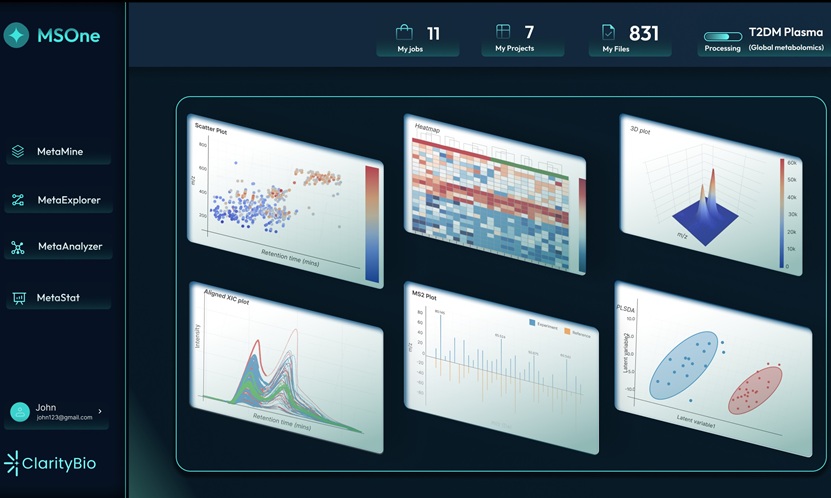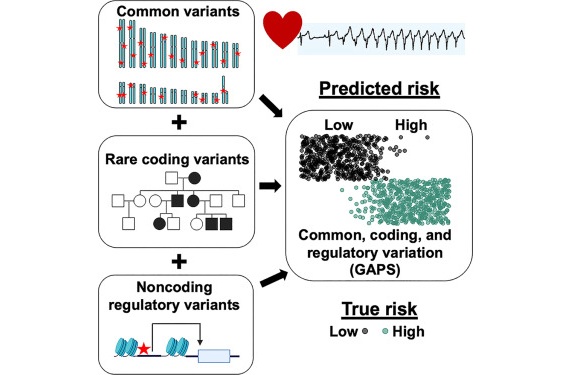Genetic Analysis of Lyme Disease Bacteria to Enable More Accurate Diagnostic Tests
Posted on 21 Aug 2024
Lyme disease is the most prevalent tick-borne illness in North America and Europe, affecting hundreds of thousands of individuals annually. The disease is caused by bacteria from the Borrelia burgdorferi sensu lato group, which are transmitted to humans through the bites of infected ticks. Symptoms typically include fever, headache, fatigue, and a distinctive skin rash. If not treated promptly, the infection can spread to the joints, heart, and nervous system, leading to more severe complications. Now, researchers have conducted a genetic analysis of the bacteria responsible for Lyme disease, potentially leading to advancements in the diagnosis, treatment, and prevention of this tick-borne illness.
A research team led by biologists at CUNY Graduate Center (New York, NY, USA) has mapped the complete genetic sequences of 47 strains of Lyme disease-related bacteria from across the globe, creating a valuable resource for identifying the specific bacterial strains that infect patients. This genetic data could improve the accuracy of diagnostic tests and enable treatments tailored to the particular strain of bacteria causing each patient’s infection. The researchers also suggest that the genetic information from this study could contribute to the development of more effective vaccines against Lyme disease. The team sequenced the full genomes of bacteria from all 23 known species in the Borrelia group, many of which had never been sequenced before. The project included both bacteria strains commonly associated with human infections and species not known to cause human disease.

By comparing these genomes, the researchers traced the evolutionary history of Lyme disease bacteria, discovering that the bacteria likely originated millions of years ago, before the breakup of the ancient supercontinent Pangea. This could explain the global distribution of these bacteria. The study, published in the journal mBio, also revealed how these bacteria exchange genetic material within and between species. This recombination process allows the bacteria to quickly evolve and adapt to new environments. The researchers identified specific regions in the bacterial genomes where this genetic exchange occurs most frequently, often involving genes that enable the bacteria to interact with their tick vectors and animal hosts.
To support further research, the team has developed web-based software tools that enable scientists to compare Borrelia genomes and identify factors that contribute to human pathogenicity. Looking forward, the researchers plan to extend their analysis to include more strains of Lyme disease bacteria, particularly from regions that have been less studied. They also aim to explore the functions of genes unique to the strains that cause disease, which could lead to the discovery of new therapeutic targets. As climate change drives the expansion of Lyme disease into new areas, this research provides essential tools and insights to address the growing public health challenge.
“By understanding how these bacteria evolve and exchange genetic material, we’re better equipped to monitor their spread and respond to their ability to cause disease in humans,” said Weigang Qiu, a professor of Biology at the CUNY Graduate Center and the corresponding author of the study.
Related Links:
CUNY Graduate Center















